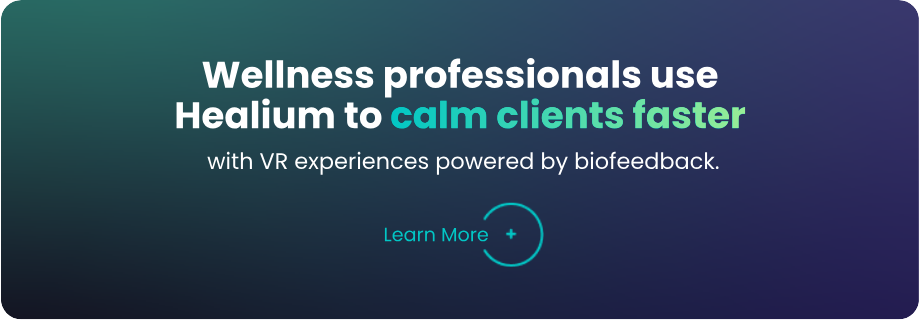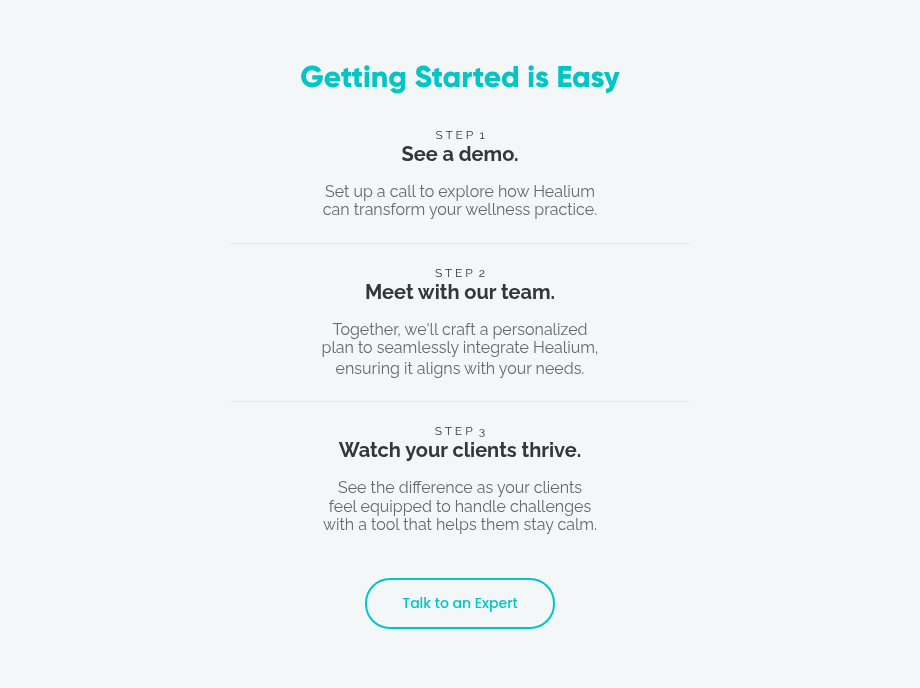More markets are adopting virtual reality for training, education, and more. But did you know VR can be used for mental wellness? Digital therapeutics are the future of mental health.
How Virtual Reality Tools can Help: 4 Different Use Cases
Our mental wellness app, Healium, is being used in organizations where human performance is important. Each organization has its own unique set of challenges and goals. They all benefit from brain training and an increase in feelings of focused calm.
Sports/Human Performance
Athletes are using neurofeedback to increase readiness and recovery before, during, and after a competition or workout. They’re using Healium to improve reaction times and to remain calm during high stress situations. This allows them to access their flow state much easier so they can optimize their performance.
Corporate Wellness
For many people, the majority of their mental space is spent at work. Thankfully, more and more innovative companies are investing in their employees’ mental health. Reduce burnout, increase mood and attendance, and empower your staff to reach for these tools when they need mental health breaks. The benefit to our wellness plan is that one VR headset can be used for multiple employees with an easy-to-implement hygiene protocol.

Military
On the actual frontlines of post-traumatic stress, military personnel benefit from using Healium for relaxation and escape. Think of those stationed far away from nature like on an aircraft carrier or submarine or those returning from combat. Our soldiers, sailors, and airmen are using drugless tools for mental health that are self-guided, portable, and easy to access.
Academia
Our students are under more stress than ever. From secondary to higher education, our students are navigating a new environment without a roadmap. We’re passionate about equipping them with the mental health tools they need to self-manage their anxiety and stress. Using Healium allows them to access nature-based content that’s not only clinically validated but also highly engaging. Students are finding new ways to visualize their brain patterns and build healthy coping skills.
How it Works








